How to Choose Fish Feed For Ponds
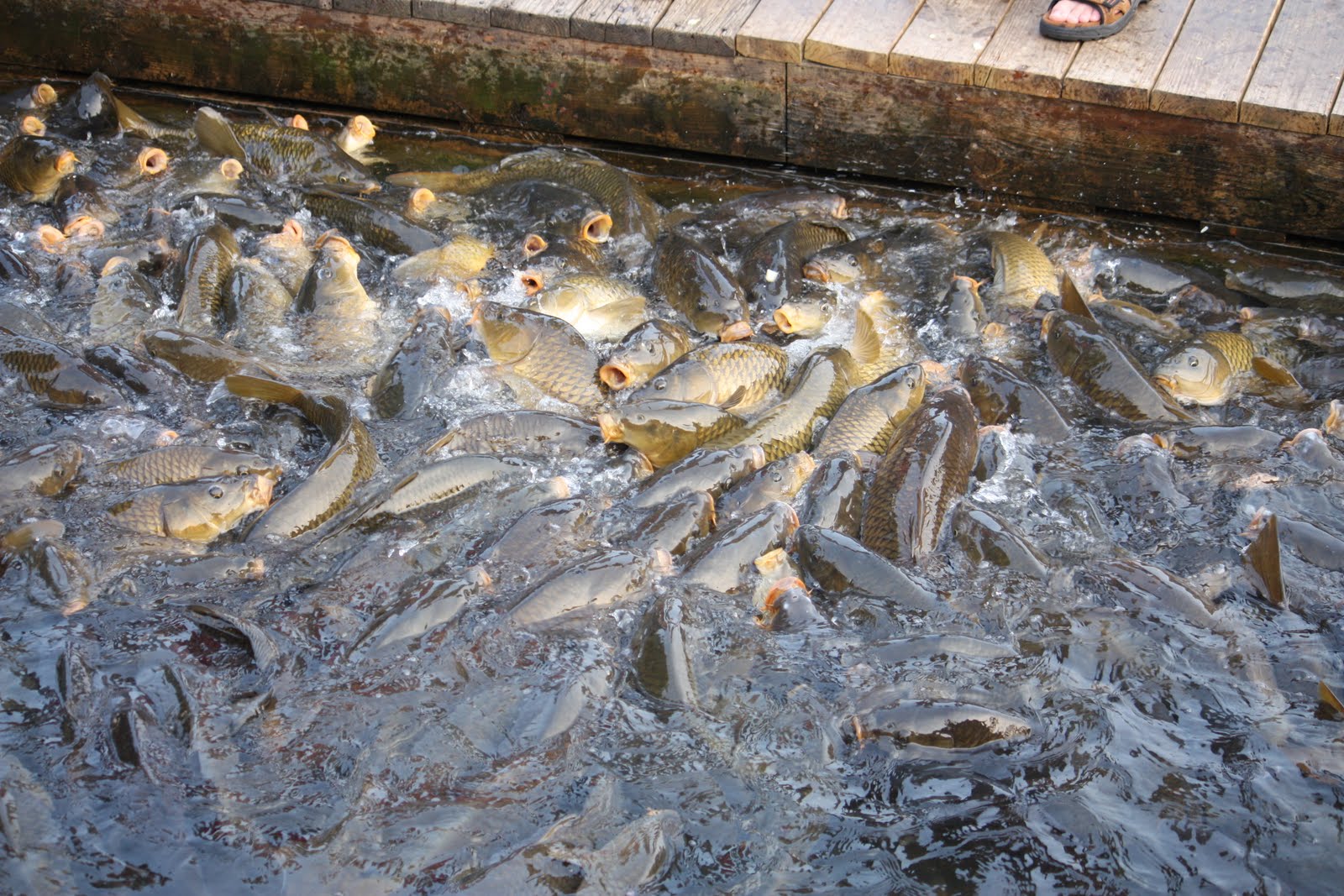
Feeding fish can be one of the most exciting parts of owning a pond, but how and when you feed your fish will have an enormous effect on water quality.
An excessive concentration of fish waste will strain biological reduction capabilities and lead to poor water quality, making overfeeding essential in maintaining an ecosystem’s ecological balance. Therefore, overfeeding must always be avoided. To choose the best fish feed for ponds, remember the following.
Natural Food
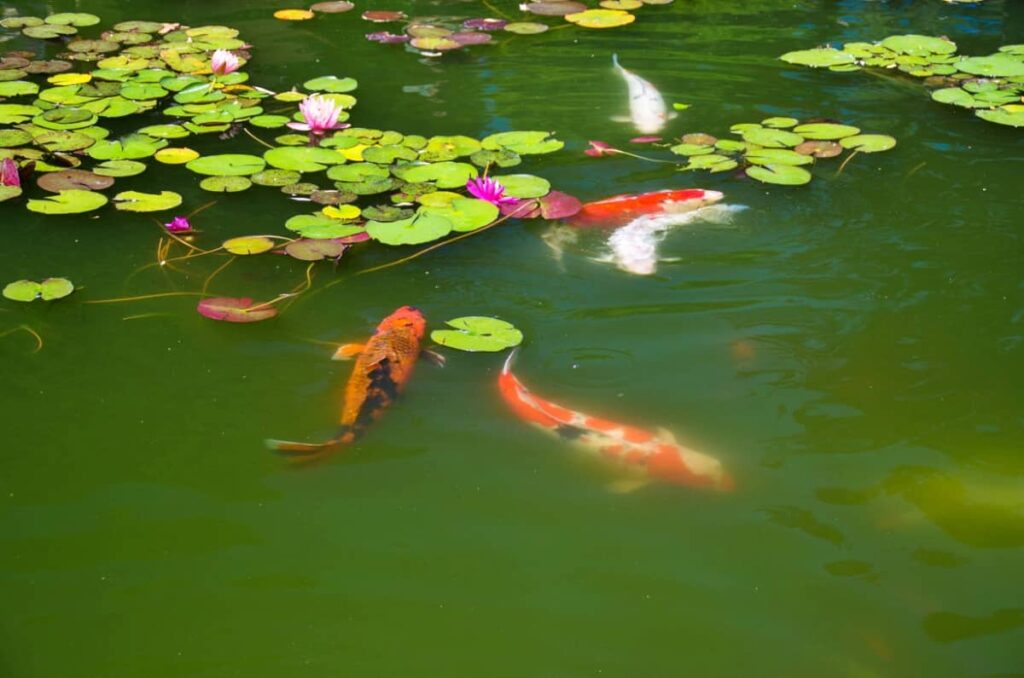
When it comes to feeding pond fish, nature is best. Your garden pond’s fish are fed not only commercial food but also by detritus*, bacteria, plankton*, worms, insects and snails (aquatic plants are another great source). Liming and fertilization of the water helps improve both quality and quantity of these natural foodstuffs.
Treats such as torn-up chunks of stale bread or chopped fruits and vegetables provide variety to their diet, too. But it’s essential to steer clear of certain foods which could clog their digestive tract or add unnecessary nutrients into the water, including French fries and crackers; cooked meats; iceberg lettuce or vegetables with dressing or sauces on them; as well as any flakes or pellets which sink to the bottom and clog your filter system and cause a buildup of organic debris in your pond.
Supplementary Feed
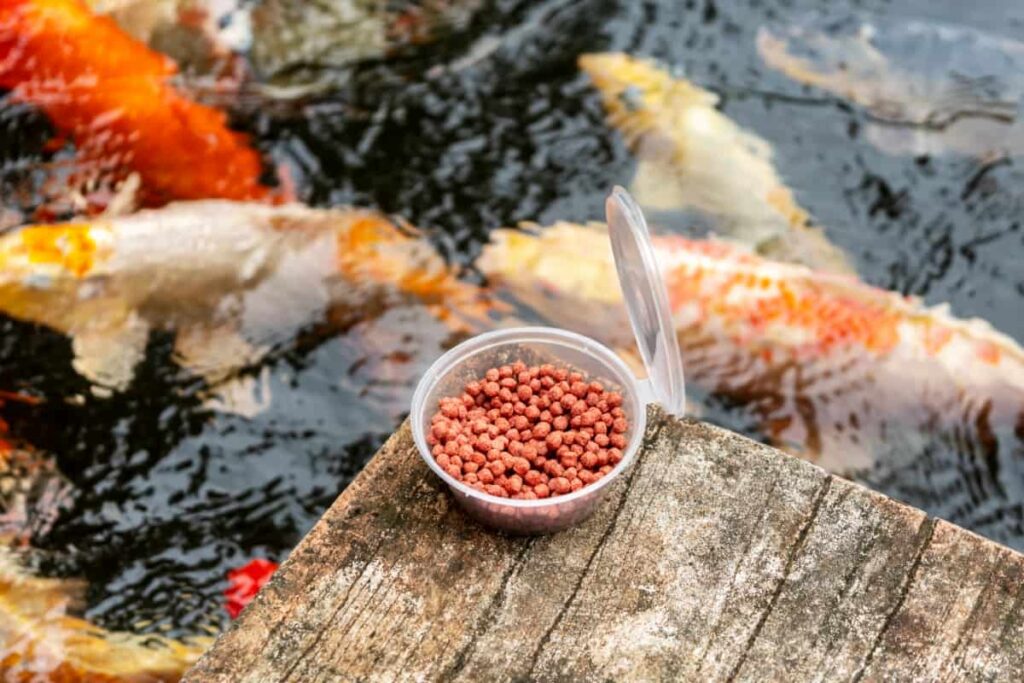
Fish require organic material for survival, growth and reproduction. Although they cannot produce their own through photosynthesis like plants do, fish can still consume fresh natural foods or specially-prepared feeds which contain both plant and animal material.
Fish require both proteins and carbohydrates for proper development. Eggs, fishmeal and dairy products provide proteins; while cereals, molasses, brans, sugar cane bagasse, whole cottonseeds and whole wheats provide carbohydrates.
Use floating pellets rather than sticks or flake-type food because this allows you to monitor how much of the feed has been eaten, avoiding wasted feed that could otherwise pollute the water and lead to algae issues.
Checking on the food conversion ratio (FCR) every 15-30 days and adjusting daily rations accordingly will help your pond to maximize efficiency in using its feed, while decreasing waste. If your FCR falls below satisfactory levels, look into its causes such as low dissolved oxygen levels, overfeeding, poor quality feed or lack of natural foods as potential culprits.
Feeding Area
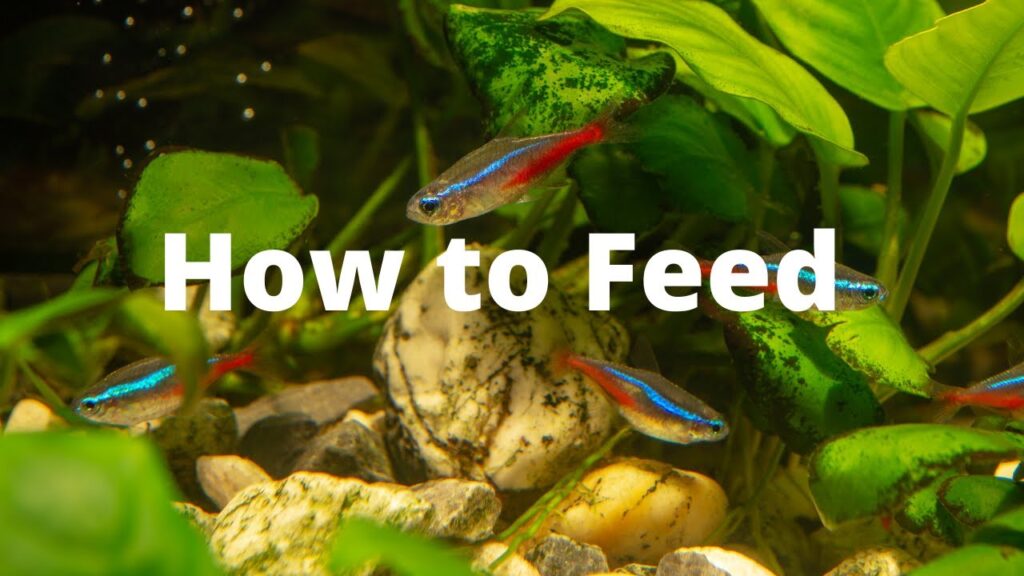
Your fish’s size determines which floating pellet size you choose: 3, 6 or 9 millimeters. These three sizes of food will all be easily visible to your fish and won’t sink to the bottom of the pond where it can pollute the water or become waste for algae to consume. Floating pellets provide an easy and visible means to feed young and growing fish while larger species should opt for 9 mm pellets instead. Choosing floating food means your food won’t end up polluting water quality or becoming food for algae to feed off of.
Maintaining controlled feeding rates is essential to avoid overfeeding that may lead to reduced growth and weight loss. Feed rations should be tailored depending on water temperature; more feed should be needed in warmer waters while less may be required when the temperatures cool off.
Complete feed is comprised of carefully chosen ingredients designed to supply all the vitamins and nutrients your fish requires for optimal growth and health. Unfortunately, complete feeds tend to be more costly than other forms of fish feed.
Feeding Time
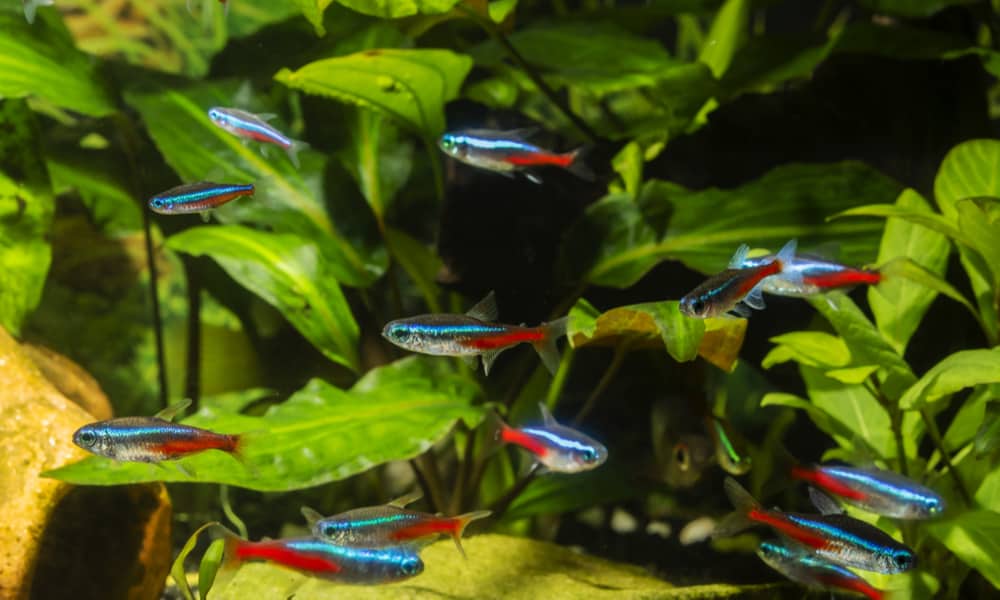
Feed your pond fish with floating pellets so you can accurately monitor how much feed is being eaten by each species. Too much sinking food could become a nuisance and add to muck in your pond, leading to issues.
Pond fish need supplemented food to fill any nutritional gaps where their natural food sources are unavailable, most frequently created by changes in water temperature. Colder temperatures require more food due to slower metabolisms and diminished dissolved oxygen availability, while when spring rolls around it’s important to feed lightly since fish may still be recovering from winter hibernation.
Estimating how much additional feed is necessary can be accomplished by calculating fish maintenance requirements (F in kg per day), either with the aid of a fish feeding calculator or simply weighting the feedstuffs used. It may be helpful to maintain an FCR record over a number of years for one pond in particular.




